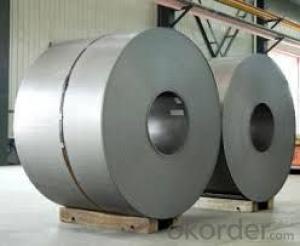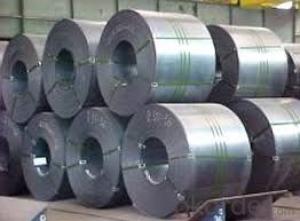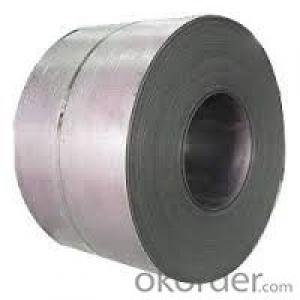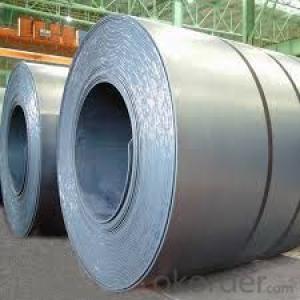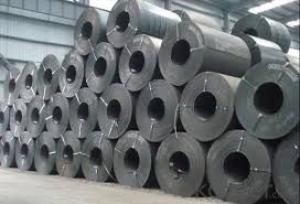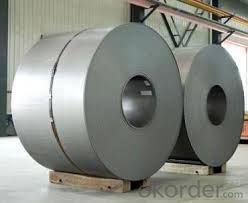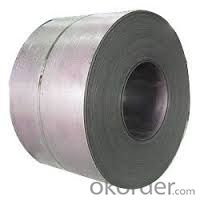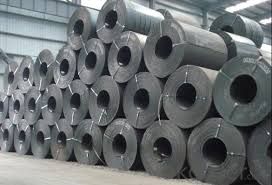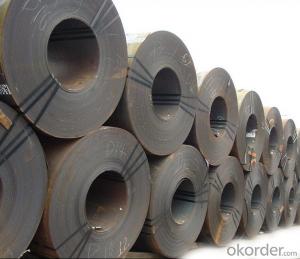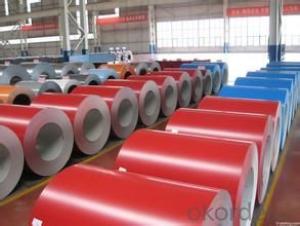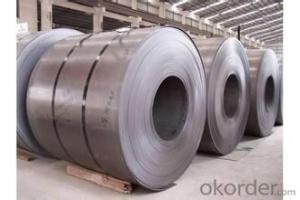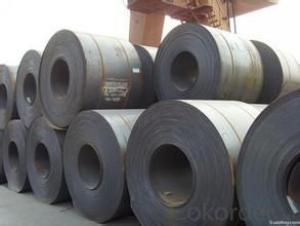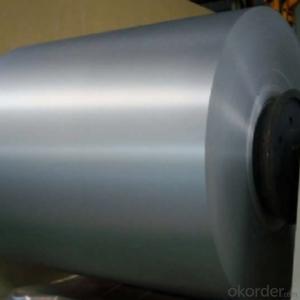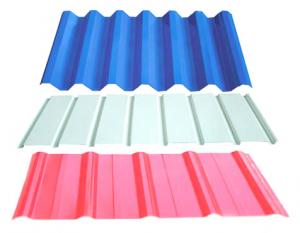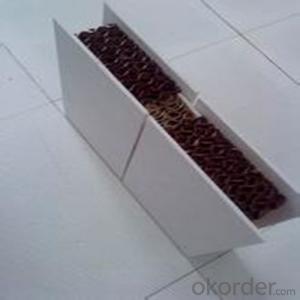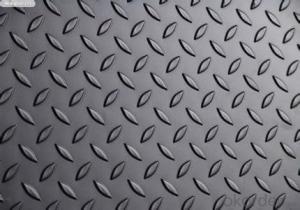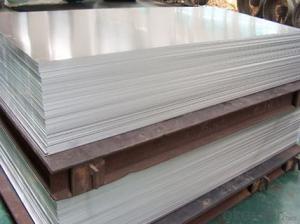hot rolled steel sheet - SAE 1006/1008
- Loading Port:
- China main port
- Payment Terms:
- TT OR LC
- Min Order Qty:
- 30 m.t.
- Supply Capability:
- 500000 m.t./month
OKorder Service Pledge
OKorder Financial Service
You Might Also Like
Product Description:
Rolled to its final dimensions while it’s hot enough to scale, our hot-rolled steel is an amalgamation of the various qualities of steel. It can be in the form of plates, sheets and coils.
Description:
Product: | Hot Rolled Steel Coils/Sheets |
Material: | Q195,Q235,A36,SS400,S235JR,Q345,ST37-2, CCSB etc |
Standard : | JIS G3002 GB/T251B |
Technique: | hot rolled |
Thickness | 1.2mm to 200mm |
Tolerance of thickness: | :+/-0.03mm |
Width: | 750mm-2000mm |
Tolerance of width: | :+/-5.00mm (aiming to +/-2.00mm) |
Normal width: | 914mm, 1000mm, 1200mm, 1219mm, 1250mm,1500mm |
Length: | According to requirement |
Coil ID: | 508mm-610mm |
Coil Weight: | 10-25 Metric Tons |
Surface: | Black, Chromate, fingerprint resistant treatment, slight oiled or non-oiled, dry |
Port of Loading: | Tianjin/Shanghai port |
Packaging Details: | Standard export packing or according to the clients required |
Delivery Time | Within 30 days after received 30% deposit or workable L/C |
Payment Terms: | L/C,T/T |
Image:
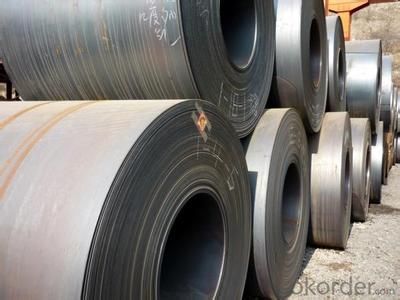
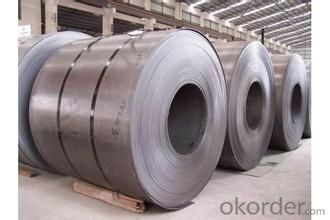
Our Hot-Rolled Steel Sheets and Coils are applied to a wide range of uses such as automobile, electrical appliance, machinery manufacturing, container manufacturing, shipbuilding, bridge, pipeline, and receive high acclaim from our customers for its excellent quality.
- Q: What is the average weight of a steel sheet?
- The weight of a steel sheet can differ based on its dimensions, thickness, and type of steel utilized. Nevertheless, as a general rule, a typical steel sheet measuring 1m by 1m and with a thickness of 1mm usually weighs approximately 7.85 kilograms. It is crucial to recognize that this estimation is only an approximation, and the actual weight may fluctuate depending on the precise attributes of the steel sheet. For a precise weight, it is advisable to seek advice from the manufacturer or consult the specifications of the steel sheet.
- Q: What are the different sheet metal forming techniques for steel sheets?
- Steel sheets can be shaped into desired forms and structures using various techniques for sheet metal forming. Below are some common techniques used for steel sheets: 1. Bending: To create angles, curves, or complex shapes, the sheet is bent either manually or with the help of machines like press brakes. 2. Stretch forming: This technique involves stretching and forming the sheet over a mold or die, especially for large and curved components. 3. Deep drawing: By using a punch and a die, the sheet metal is formed into desired shapes, often used for cylindrical or box-like structures such as cans, pots, or automotive components. 4. Roll forming: The sheet metal is passed through a series of rollers to gradually shape it into the desired form. This technique is commonly used for producing long and continuous shapes like rails, tubes, or channels. 5. Spinning: A spinning tool is used to rotate the sheet metal against a mandrel, shaping it into cylindrical or conical shapes such as lampshades or cookware. 6. Embossing: This technique involves stamping a pattern or design onto the sheet metal to create a raised or recessed surface. It is commonly used for decorative purposes or to enhance the structural integrity of the sheet. 7. Hydroforming: Hydraulic pressure is utilized to shape the sheet metal into complex forms, often employed in the creation of automotive components like car body panels or exhaust systems. These examples illustrate the wide range of sheet metal forming techniques available for steel sheets. The choice of technique depends on the desired shape, complexity, and specific requirements of the application.
- Q: Can steel sheets be used for heat exchangers or boilers?
- Yes, steel sheets can be used for heat exchangers or boilers. Steel is a commonly used material in the construction of heat exchangers and boilers due to its high strength, durability, and resistance to corrosion at high temperatures. Additionally, steel sheets can be easily formed and welded to create the required shapes and structures for efficient heat transfer.
- Q: What are the common sizes and thicknesses of steel sheets?
- The common sizes of steel sheets typically range from 4 feet by 8 feet (1.2 meters by 2.4 meters) to 5 feet by 10 feet (1.5 meters by 3 meters). As for thicknesses, they can vary from 16 gauge (0.0598 inches or 1.52 millimeters) to 10 gauge (0.1345 inches or 3.42 millimeters). However, it's important to note that there are numerous other sizes and thicknesses available depending on specific applications and requirements.
- Q: Can steel sheets be painted or powder-coated after installation?
- Yes, steel sheets can be painted or powder-coated after installation. Painting or powder-coating steel sheets after installation is a common practice to enhance their aesthetic appeal and provide additional protection against corrosion. The process involves thoroughly cleaning the steel surface, applying a primer to ensure good adhesion, and then applying the desired paint or powder coating. This can be done on-site or in a specialized facility, depending on the size and complexity of the steel sheets. Additionally, it is important to ensure that the chosen paint or powder coating is suitable for exterior use and can withstand the environmental conditions to which the steel sheets will be exposed.
- Q: What is the typical coefficient of thermal expansion of a steel sheet?
- Steel sheets typically have a coefficient of thermal expansion of approximately 10-12 ppm/°C. This signifies that for every degree Celsius rise in temperature, the steel sheet will expand uniformly in all directions by 10-12 ppm. However, it is crucial to acknowledge that the coefficient of thermal expansion may differ based on the precise type and composition of the steel. Various steel alloys may exhibit slightly varied coefficients, although the range of 10-12 ppm/°C is widely accepted as the average.
- Q: What is the average lead time for ordering steel sheets?
- The average lead time for ordering steel sheets varies depending on the supplier and the specific circumstances, but it typically ranges from 1 to 4 weeks.
- Q: Can steel sheets be used for automotive exhaust systems?
- Yes, steel sheets can be used for automotive exhaust systems. Steel is a commonly used material for exhaust systems due to its durability, heat resistance, and cost-effectiveness. Steel sheets are often formed and welded to create the necessary components of an exhaust system, such as pipes, mufflers, and catalytic converters.
- Q: Can the steel sheets be used for automotive body panels?
- Yes, steel sheets can be used for automotive body panels due to their strength, durability, and ability to withstand impact and corrosion.
- Q: Can steel sheets be used for flooring or decking?
- Yes, steel sheets can be used for flooring or decking in certain applications. Steel sheets provide durability, strength, and resistance to fire, moisture, and pests, making them suitable for industrial or commercial settings. However, they may require additional insulation or coatings to minimize noise and improve slip resistance.
Send your message to us
hot rolled steel sheet - SAE 1006/1008
- Loading Port:
- China main port
- Payment Terms:
- TT OR LC
- Min Order Qty:
- 30 m.t.
- Supply Capability:
- 500000 m.t./month
OKorder Service Pledge
OKorder Financial Service
Similar products
Hot products
Hot Searches
Related keywords
